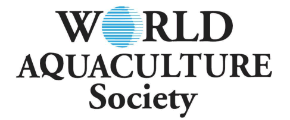PROXIMATE COMPOSITION OF MALE AND FEMALE RAINBOW TROUT, Oncorhynchus mykiss, REARED IN CAGE AND POND AQUACULTURE SYSTEMS IN TURKEY
Rainbow trout is an important source of protein and commercially important and most cultivated fish species in Turkey. Trout is also most preferred fish by the consumer because of its fair price, flavour and availability in the market. Therefore, trout production is approximately 50% of the total fish production obtained from aquaculture in the country in 2014.
The nutritional characteristics of fish, especially aquaculture products are in vital interest of consumers in recent years. Protein, lipid, ash and moisture are the key component of proximate composition of the fresh fish body and they vary greatly in a species from one individual to another depending on sex, age, environment and season.
Rainbow trout are raised in different aquaculture facilities in different regions of Turkey. Mostly concrete raceways and floating cages located in dam lakes are employed in culture of trout. Therefore the aim of this study is to investigate the proximate profiles of male and female trout samples obtained from cage and ponds of two different regions (Maras and Kayseri). The weights ranged between 223.80±11.28 and 285.23±5.51 g and average water temperatures were 15.12, 9.79, 17.66 and 11.45 ºC for Maras cage and pond and Kayseri cage and pod respectively.
Protein levels for all groups were higher in female samples. However Maras group was relatively better than the Kayseri group in terms of protein. Although lipid level was higher in females of Kayseri pond group, female individuals had lower lipid levels in all other samples. Moisture content of the females also were higher in females except in both gender obtained from ponds in Kayseri. Difference was found between gender rather than culture conditions.













